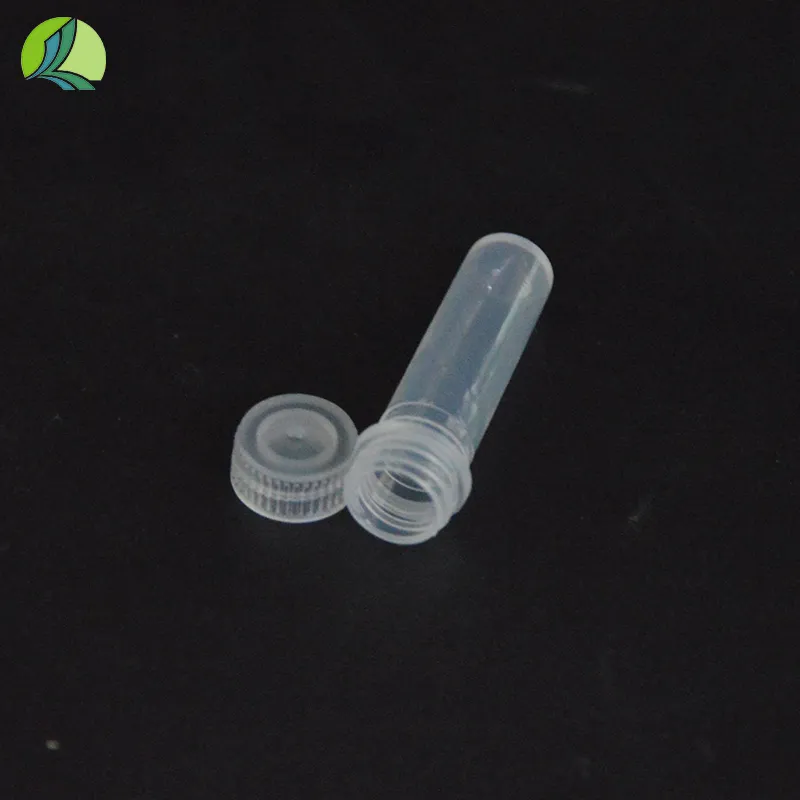Innovative Solutions for Safe and Sustainable Use of Disposable Scintillation Vials in Laboratories
The Utility and Advantages of Disposable Scintillation Vials
Disposable scintillation vials are essential tools in the realm of radiation detection and analysis. They are primarily used in laboratories for the measurement of radioactivity in liquid samples. These vials are designed to hold scintillation fluid, which plays a crucial role in detecting ionizing radiation through the phenomenon of scintillation—where certain materials emit visible light when they are excited by radiation. This article explores the significance, advantages, and applications of disposable scintillation vials in scientific research and industry.
Scintillation vials come in various shapes and sizes, often made from high-quality materials such as glass or plastic that are compatible with scintillation cocktails. Unlike reusable vials, disposable versions are designed for single use, which helps eliminate the risk of cross-contamination between samples. This attribute is particularly important in laboratories that deal with radioactive substances, as it ensures the integrity and accuracy of the measurements. By using disposable vials, researchers can avoid the time-consuming process of cleaning and decontaminating traditional vials after use.
One of the main advantages of disposable scintillation vials is the convenience they offer. Laboratories often deal with numerous samples daily, and the ability to simply discard used vials streamlines operations. This convenience not only enhances productivity but also contributes to the overall safety of laboratory personnel, minimizing their exposure to potentially hazardous materials. Since these vials are designed to withstand various chemical conditions, users can be confident that they will perform reliably without compromising safety or quality.
disposable scintillation vials

In addition to convenience, disposable scintillation vials also contribute to cost-effectiveness. While the initial cost of single-use vials may seem higher compared to traditional reusable models, the overall expenses associated with cleaning, maintenance, and possible contamination are significantly lower. For many laboratories, especially those conducting large-scale studies, the reduced need for labor and associated costs make disposable vials a more economical choice. Additionally, they eliminate the need for extensive inventory management associated with cleaning supplies and reusable vials.
The versatility of disposable scintillation vials is another reason for their widespread use. They are suitable for a broad range of applications, including environmental monitoring, medical diagnostics, nuclear energy research, and radiopharmaceutical development. In these settings, accurate and immediate results are crucial for decision-making processes. The uncomplicated nature of using disposable vials allows for quick sample processing and analysis, which is particularly beneficial in emergency situations or time-sensitive studies.
Furthermore, the design innovations in disposable scintillation vials continue to improve their functionality. Many manufacturers are now offering vials with enhanced optical clarity, improved sealing mechanisms, and compatibility with different types of scintillation cocktails. These advancements help researchers achieve better detection limits and more sensitive measurements, thus pushing the boundaries of current scientific knowledge.
In conclusion, disposable scintillation vials are indispensable tools in the field of radiation detection and analysis. They provide significant advantages, including convenience, cost-effectiveness, and versatility, all while ensuring safety and accuracy in laboratory settings. As technology continues to evolve, the design and functionality of these vials are likely to improve even further, supporting the scientific community's ongoing quest for knowledge and innovation in radiation measurement and analysis. Whether in environmental studies, medical applications, or nuclear research, disposable scintillation vials are set to play a critical role in advancing our understanding of radiation and its applications.
-
Plastic Medicine Liquid Bottle: Secure Flip Top Drug VialsNewsAug.17,2025
-
Durable 250ml Blue Plastic Vaccine Vial for Lab & Vet UseNewsAug.16,2025
-
Sterile Virus Sample Tubes: Secure & Reliable Specimen CollectionNewsAug.15,2025
-
White 250ml Plastic Vaccine Vial for Lab & Vet MedicineNewsAug.14,2025
-
Premium Clear Plastic Vaccine Vials for Lab & Vet MedicineNewsAug.13,2025
-
Plastic Clear Vaccine Vials | Lab & Vet Liquid StorageNewsAug.12,2025
























